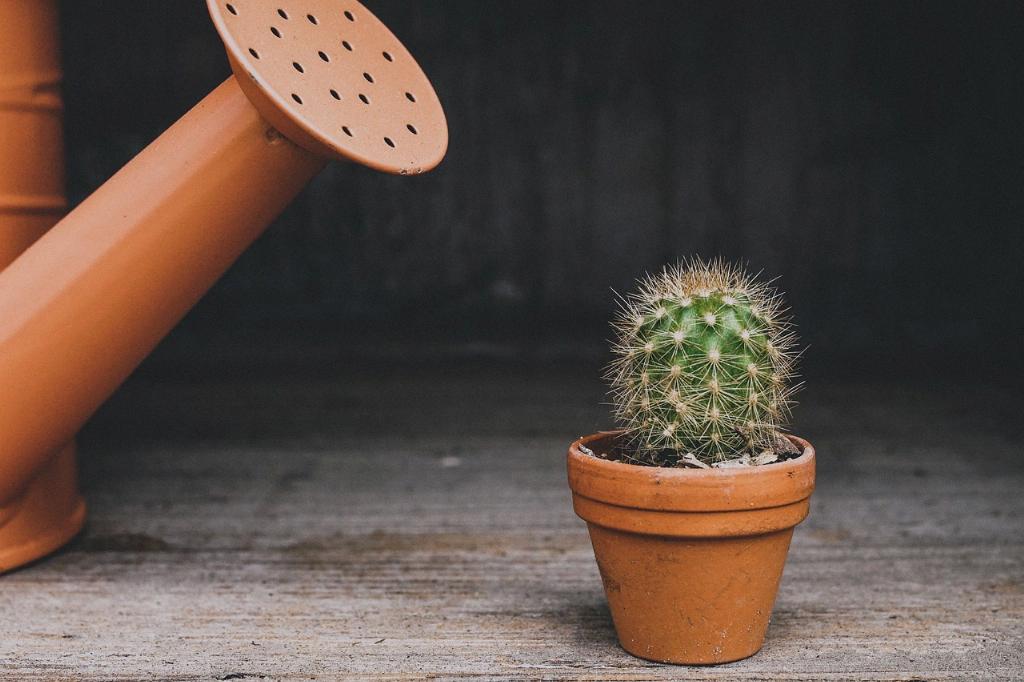Planting a cactus may seem intimidating at first, but with the right knowledge and preparation, you can successfully create a thriving cactus garden. Here’s a detailed guide on how to plant a cactus effectively.
Choosing the Right Soil
One of the key factors in planting a cactus is selecting the right soil. Most cacti thrive in lightweight, well-draining soil that is rich in organic matter. This type of soil allows for proper root aeration and prevents waterlogging, which can be detrimental to cactus health.
Selecting a Proper Planting Site
When choosing a location to plant your cactus, ensure it receives an adequate amount of sunlight. Cacti typically require plenty of sunlight to thrive, so select a spot in your garden that gets at least 6-8 hours of sunlight per day.
Preparing the Planting Hole
Before planting your cactus, dig a hole that is as deep as the root ball or stem. It’s important to create a hole that allows the root system to establish itself easily. For transplanted cacti with small root balls, a hole of 1 ½ inches deep should be sufficient.
Planting the Cactus
Carefully place the cactus in the planting hole, ensuring the root ball is positioned properly. Fill in the hole with the soil mixture, gently patting it down to secure the cactus in place. Avoid packing the soil too tightly, as this can hinder root growth.
Watering the Cactus
After planting, it’s essential to water the cactus lightly to help it settle into its new environment. Cacti are drought-tolerant plants, so be cautious not to overwater, as this can lead to root rot. Allow the soil to dry out between watering sessions.
Providing Adequate Drainage
Proper drainage is crucial for cactus health. Make sure the planting site has adequate drainage to prevent water from pooling around the roots. Consider adding pebbles or sand to the soil mixture to improve drainage.
Maintaining Temperature Conditions
Cacti thrive in warm, arid climates. Ensure your cactus is planted in an area with consistent temperature conditions, avoiding extreme temperature fluctuations that can stress the plant. Protect your cactus from frost during colder months.
Fertilizing Your Cactus
While cacti do not require frequent fertilization, you can feed them with a diluted, balanced fertilizer during the growing season to promote healthy growth. Be cautious not to over-fertilize, as this can harm the plant.
Pruning and Maintenance
Regular pruning and maintenance are essential for keeping your cactus looking its best. Remove any dead or damaged growth to promote new growth and maintain the plant’s overall health. Handle the cactus with care to avoid injury.
Monitoring for Pests and Diseases
Keep an eye out for common pests such as mealybugs and spider mites, which can infest cacti. Treat any pest infestations promptly to prevent damage to the plant. Additionally, watch for signs of disease, such as rot, and address them promptly.
Conclusion
Planting a cactus can be a rewarding experience when done correctly. By following the steps outlined in this guide and providing proper care, you can enjoy a beautiful and healthy cactus garden in your home. Remember to tailor your care routine to the specific needs of your cactus species for optimal results.

